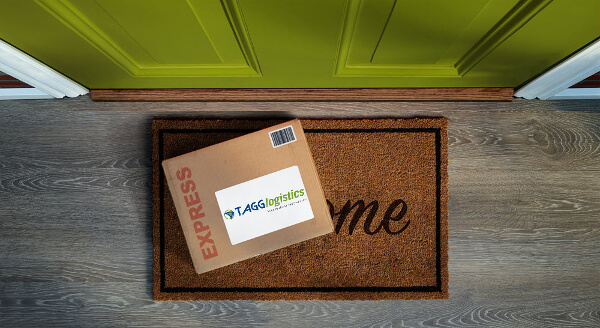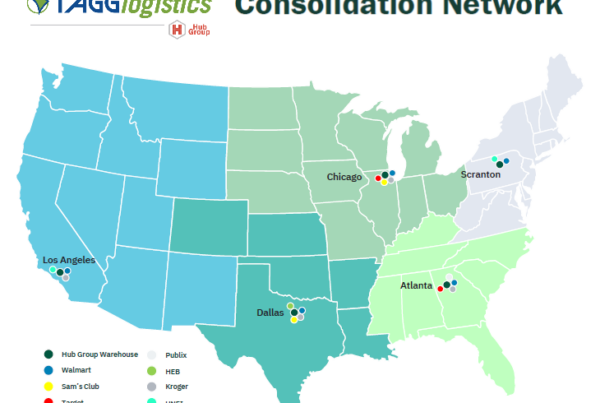Big Data and the Internet of Things are two buzzwords that have been around the logistics industry—and many others—for several years now. Even though the terms are sometimes thrown around, they can have real meaning when applied to a system as large and data-hungry as a supply chain.
This article in Forbes about the huge possibility for an even larger Internet of Things for the US Postal Service can apply to any system with lots of volume and lots of moving parts.
As far as the USPS is concerned, their Internet of Things is truly massive. Millions of parcels and pieces of mail are processed and delivered every single day with data being collected at regular intervals. Some packages are scanned as many as 11 times, making the total number of scans tally upwards of 1.7 trillion. Trillion with a ‘T.’ That’s an average of more than 53,000 scans every second.
That massive amount of data requires an equally massive infrastructure. Beyond trucks, planes, and facilities, the USPS along with other companies that depend on logistics need computers, servers, and devices to capture, process, and store the data.
Building this level of infrastructure is not a small undertaking in the least, but the payoff is enormous. Knowing where every package came from, where it is, and where it is headed means both the company and the customer know exactly where everything is at any time.
For the USPS or a logistics company, data like this is worth its weight in gold in terms of increasing efficiency. From warehouse shelf to delivery, every step of the process has the potential to be better and faster with lots of data.
Have you experienced the power of data? As a consumer, how useful or even comforting can data be when tracking letters or packages?
We at TAGG Logistics are always using data to make ourselves better. Take a look at our free tools and resources to see how we continue to use data to measure, learn and improve.



